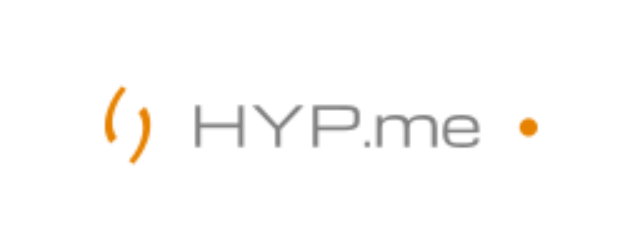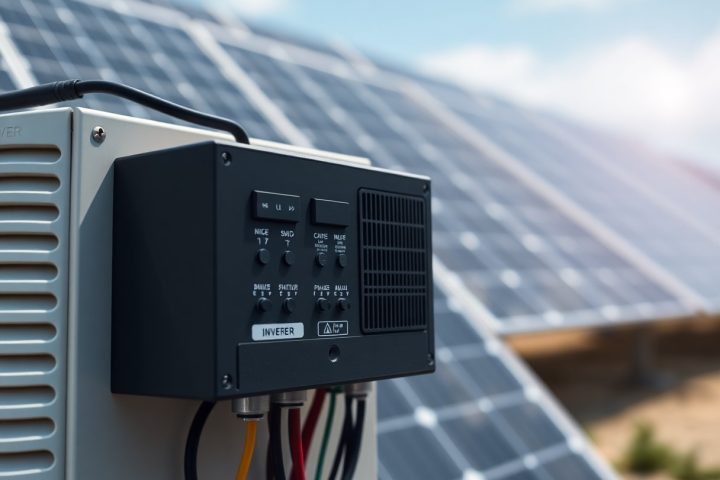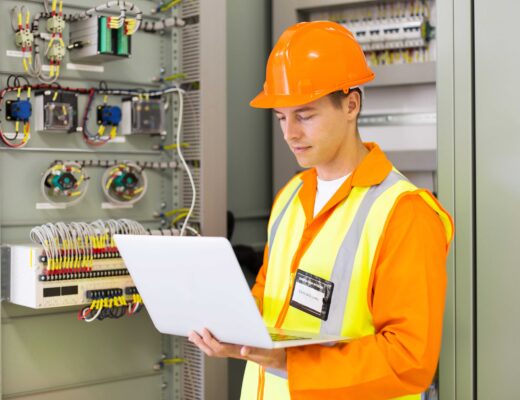Over the past few years, solar energy has become a popular choice for sustainable power solutions, and understanding how it works is vital for maximizing your energy efficiency. At the heart of every solar power system is the solar inverter, a vital component that transforms the direct current (DC) produced by your solar panels into alternating current (AC) that your home can use. In this post, you’ll learn how solar inverters function and why they are integral to harnessing the full potential of your solar energy system.
Understanding Solar Energy
While solar energy harnesses the power of the sun, it represents a sustainable and renewable resource that can significantly reduce your reliance on fossil fuels. By converting sunlight into usable electricity, you can lower your energy bills and contribute to a greener planet.
The Basics of Solar Power
Energy from the sun can be captured and converted into electricity through various technologies. The most common method for residential use involves photovoltaic systems, which play a key role in transforming sunlight into power for your home.
The Role of Photovoltaic Cells
Between the sun’s rays and the energy you use in your daily life, photovoltaic cells are the small but powerful components that work to convert sunlight into electricity, making solar energy practical for everyday consumption.
Understanding how photovoltaic cells function is important for maximizing your solar energy system’s efficiency. These cells contain semiconductor materials that absorb photons from sunlight and release electrons, generating direct current (DC) electricity. As this process occurs, the more sunlight the cells capture, the more energy they produce. By integrating these cells into your solar panels, you can effectively harness sunlight, allowing you to power your home with clean, renewable energy.
What is a Solar Inverter?
Even though you may not be familiar with the term, a solar inverter plays a vital role in your solar power system. It is the device that converts direct current (DC) electricity generated by your solar panels into alternating current (AC) electricity, which is used to power your home appliances. Understanding its function is important for maximizing the benefits of solar energy.
Definition and Function
Along with enhancing energy efficiency, solar inverters manage power distribution, ensuring that your home receives a steady and reliable electrical supply. By converting DC to AC, the inverter enables the electricity generated from sunlight to be used in your everyday appliances, making solar energy practical and effective for your needs.
Types of Solar Inverters
Along with understanding the function of solar inverters, it’s important to know the different types available, as each serves specific purposes:
| Type | Description |
| String Inverters | Cost-effective solutions for residential systems. |
| Microinverters | Installed on individual panels to optimize power output. |
| Power Optimizers | Work with string inverters to enhance panel efficiency. |
| Battery-Based Inverters | Allow for energy storage in conjunction with battery systems. |
| Hybrid Inverters | Combine functionalities of both grid-tied and battery systems. |
Thou should consider each type based on your specific energy needs and installation circumstances for optimal performance.
At a closer look, each type of solar inverter offers distinct advantages tailored to different setups:
| Advantages | Disadvantages |
| String Inverters | Lower cost but less efficient in shaded environments. |
| Microinverters | Higher initial cost, but greater efficiency in partial shading. |
| Power Optimizers | Additional hardware cost but improves overall system performance. |
| Battery-Based Inverters | Allows you to use solar power during outages; higher investment is needed. |
| Hybrid Inverters | Offers flexibility in energy management; more complex to install. |
Thou must weigh these factors, considering your energy consumption patterns and budget to choose the right solar inverter for your system.
The Process of Converting DC to AC
Some of the most important steps in solar energy conversion happen within the solar inverter. This device takes the direct current (DC) generated by your solar panels and transforms it into alternating current (AC), which is what most household appliances use. The inverter employs a series of electronic components, including switches and filters, to change the current’s flow direction periodically and to optimize voltage levels for efficiency. This transformation is vital for integrating solar energy into your home’s electrical system seamlessly.
Understanding Direct Current (DC)
An electrical flow that moves in a single direction, direct current (DC) is generated by solar panels when they capture sunlight. In a DC circuit, electrons flow steadily from the negative to the positive terminal, providing a stable voltage output. This consistency makes DC suitable for battery storage and electronic devices; however, it is not compatible with standard household appliances that typically operate on AC. Understanding how DC works is important for grasping how solar energy can be utilized in your home.
Understanding Alternating Current (AC)
Above all, alternating current (AC) is the standard electrical current used in homes and businesses. It alternates its direction periodically, making it ideal for long-distance transmission since it can be easily transformed to different voltage levels. This versatility allows your solar energy system to power various appliances efficiently. Understanding AC’s properties, such as its waveform and frequency, helps you appreciate the important role it plays in your daily life.
In addition to its compatibility with household appliances, alternating current offers significant advantages for energy distribution. AC can be transmitted over long distances with minimal energy loss, which is important for large-scale electricity networks. The ability to step up or step down voltage using transformers makes it easier to deliver power to your home from remote energy sources, including solar farms. By choosing solar energy, you’re not just contributing to a sustainable future; you’re also engaging with the complex yet fascinating world of electrical engineering.
Components of a Solar Inverter
Once again, understanding the components of a solar inverter is crucial for grasping how it functions effectively. Key parts include the control circuit, power circuit, and cooling system. Each component plays a vital role in converting direct current (DC) electricity generated by solar panels into alternating current (AC) electricity suitable for home and grid usage. By recognizing these components, you can appreciate the inverter’s efficiency and reliability in your solar energy setup.
Circuitry and Design
Solar inverters utilize advanced circuitry and design to optimize the conversion process. They are engineered to handle high voltage and current levels while maintaining maximum efficiency. A combination of microprocessors and power electronics ensures that the inverter can quickly adjust to varying input conditions, thereby delivering consistent power output. This sophisticated design ultimately enhances your solar energy harnessing capabilities.
Safety Features
At the core of your solar inverter’s design are crucial safety features that protect both the system and your investment. These can include over-voltage protection, short circuit protection, and thermal management systems. Such features ensure that your inverter operates safely under various conditions, minimizing risks to both the device and your home.
And beyond just basic protective measures, modern solar inverters often come equipped with features like ground fault protection and anti-islanding capabilities, which safeguard the system in the event of a grid outage. These enhancements work together to ensure that you can rely on your solar energy setup without worrying about potential hazards, thus providing peace of mind while maximizing your energy efficiency. Understanding these safety features can give you confidence in the longevity and reliability of your solar investment.
Importance of Solar Inverters in Solar Systems
Despite the simplicity of solar panels capturing sunlight, solar inverters play a vital role by converting the direct current (DC) electricity generated into alternating current (AC) used in your home or business. By ensuring that the energy produced can efficiently power your appliances, they enable you to maximize the benefits of your solar system. Moreover, inverters can also optimize energy output and monitor system performance, enhancing both efficiency and longevity of your solar investments.
Efficiency and Performance
Below the surface, the effectiveness of your solar system relies heavily on the inverter’s capacity to convert and manage the power generated. A high-quality inverter can enhance your system’s overall efficiency by minimizing losses during the DC to AC conversion process, directly impacting how much of the harvested energy is usable. Selecting an efficient inverter ensures you get the most out of your solar investment.
Grid Compatibility
At the heart of a solar system’s integration is the inverter’s compatibility with the electrical grid. When your inverter syncs seamlessly with the grid, it allows for safe energy exportation and consumption. This ensures that you can harness energy during peak production times and rely on the grid when your solar system underperforms.
Inverters contain sophisticated technology that enables them to modulate the energy supply according to the conditions of the grid. This means that your inverter can detect when grid demands change, automatically adjusting your system’s output to maintain stability. By enabling boasts such as net metering, your solar inverter facilitates the sale of excess energy back to the grid, optimizing your energy use and promoting sustainable practices within your community. This compatibility not only enhances your energy independence but also supports the broader adoption of renewable energy sources.
Maintenance and Troubleshooting
All solar inverters require regular maintenance to ensure optimal performance and longevity. Routinely inspect the unit for any signs of wear or damage, clean dust off vents, and ensure adequate airflow. Check for software updates, as keeping your inverter’s firmware up-to-date can enhance its efficiency and resolve potential issues. Don’t overlook the importance of monitoring system performance through the inverter display or monitoring app to catch any irregularities early.
Routine Checks
Beside quarterly inspections, you should perform monthly visual assessments of the inverter and surrounding areas. Look for any signs of corrosion or moisture, which could affect its operation. Additionally, ensure that the connections are tight and secure, and verify that no debris is obstructing airflow to the unit, as this can lead to overheating and decreased efficiency.
Common Issues and Solutions
Before facing any significant problems, it helps to be aware of common issues, such as inverter error messages, diminished output, or complete shutdown. These problems can often be resolved by simply resetting the unit, checking circuit breakers, or ensuring that sunlight is adequately reaching your solar panels. Each issue will have a specific guide in your inverter’s manual to assist you in troubleshooting.
Further troubleshooting can also involve checking the connections and wiring for loose or damaged components, as this can lead to performance issues. If you’re experiencing decreased output, inspect the panels for dirt or shading that could be obstructing sunlight. If you consistently see error messages, consulting your inverter’s manual for specific codes is advisable, or reaching out to a professional for assistance can prevent further complications. Understanding these common problems empowers you to take effective action and maintain your solar inverter efficiently.
Final Words
From above, you now understand how a solar inverter plays a vital role in transforming the direct current (DC) generated by your solar panels into alternating current (AC) that powers your home. By converting and managing the electricity flow, your solar inverter ensures optimal energy usage and enhances the efficiency of your solar energy system. As you consider solar energy solutions, recognizing the capabilities and functions of the inverter can help you make informed decisions and maximize the benefits of renewable energy in your life.


